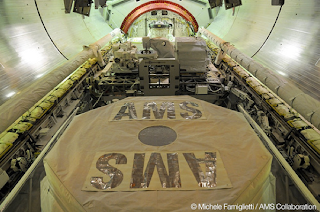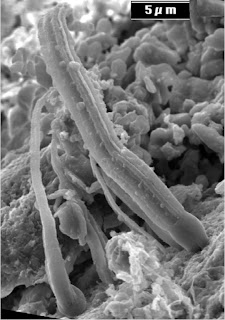New results of the neutrino telescope IceCube have also been published recently (see here and here). As the collaboration acknowledges: “The results from all searches are compatible with a fluctuation of the background”, which means that no point sources have been detected.
No WIMPs yet (and no HE neutrinos either)
There were big expectations for Xenon 100, a leading experiment in the race for the direct detection of Dark Matter. But the results announced today are somewhat disappointing, since the collaboration announced the detection of 3 events, while the expected background is of 1.8±0.6 events. (see also the discussion at Resonaances).
Should we panic? Not yet, in my opinion. As argued elsewhere, the best we can do is to stick to our plans, and see what ton-scale experiments (and the LHC) will tell us, before drawing our conclusions about WIMP Dark Matter.



